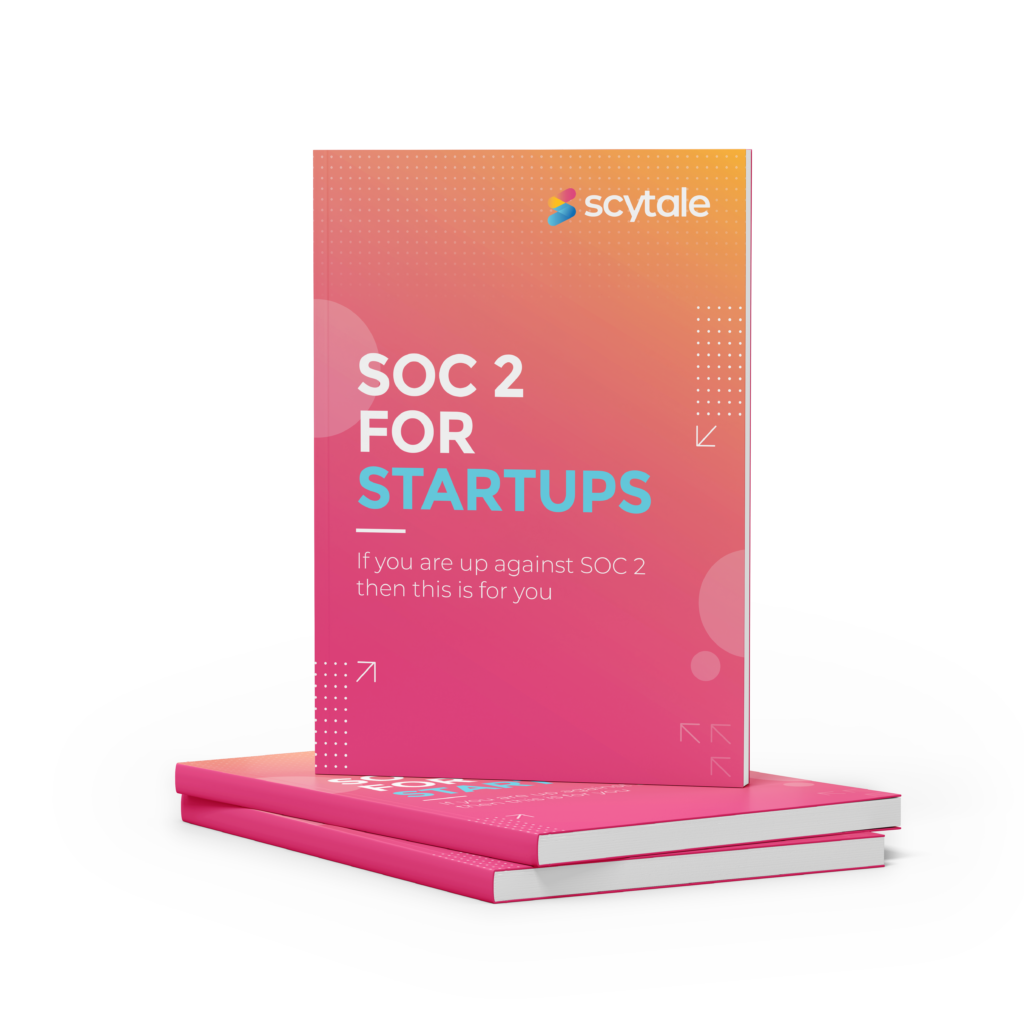Any business that implements SOC 2 wants to secure a first rate audit opinion. But what are SOC 2 audit opinions, exactly? And how do they differ from a simple certification?
This post will explain what each audit opinion means and explain how your business can secure an unqualified opinion, the most desirable outcome of a SOC 2 audit.
Why a SOC 2 audit report and not a certificate?
If you follow our blog, you already know that SOC 2 is not a certification. Your auditor doesn’t go through a checklist, count how many requirements you comply with, and issue a pass or fail.
Rather, the auditor carefully assesses the controls that you have designed and implemented. The auditor then issues a careful report detailing how successful (or otherwise) the business has been at implementing those controls and whether they are operating effectively, in the case of a Type II report.
It’s one reason why choosing the right auditor is so important. The audit report is a comprehensive, highly detailed assessment of your organization’s information security systems and processes. It’s extremely important that the auditor understands your industry and has extensive experience of SOC 2 auditing to ensure that the report is accurate and offers genuine actionable insight.
How do SOC 2 audit opinions work?
The SOC 2 audit report is a hefty, forensic document. Fortunately, your auditor will also distill its findings into an opinion, which summarizes its overall assessment.
The auditor’s opinion is based on two critical evaluations. First, whether the controls were suitably designed to meet the specified independent criteria (to become SOC 2 compliant, you need to implement controls that meet the relevant criteria of the Trust Service Principles). As your auditor or SOC 2 partner will generally work with you to help design suitable controls, a mismatch between controls and objectives is unlikely, unless SOC 2 implementation has been rushed or poorly planned.
Second, do the controls operate effectively? In the case of SOC 2 Type II, you need to demonstrate that the controls are effective over an agreed period of time (SOC 2 Type II is a more lengthy process but is widely regarded as offering the highest standard of data security).
What are the different SOC 2 report opinions?
Following a careful audit process, your auditor will issue an opinion. Ideally, the auditor will issue an ‘unqualified SOC 2 report opinion’. An unqualified opinion means that the auditor found that your controls are both designed correctly and working as intended, for the required period of time.
An unqualified opinion is the optimal outcome. However, even a qualified opinion can be very valuable in the short term, and be a helpful step towards improving your controls in the future.
Let’s consider each type of audit opinion in turn.
Unqualified opinion:
An unqualified opinion means that the auditor is satisfied that your controls are designed properly and are operating effectively. This is the best outcome of a SOC 2 audit and it demonstrates that your controls meet the high information security standards set out by the AICPA.
Interestingly, an unqualified report doesn’t necessarily mean that all the controls worked effectively. There may well have been audit exceptions present. One or more controls may have failed to perform as intended. However, as long as you have backup controls in place that mitigate for the failure of other controls, you can still secure an unqualified opinion.
That’s not just an abstract technical quirk of the SOC 2 process. As your audit report is a detailed assessment and not just a pass/fail report card, if customers or potential customers peruse your report, they may wish to know that you have taken steps to remediate any failed controls.
Qualified opinion:
A qualified opinion means that the auditor found that at least one or more of the controls were not designed properly or that they were not operating effectively. Qualified opinions are more common than one may think.
A qualified opinion means that you did not achieve SOC 2 compliance. However, the auditor did not find that the implementation was poor enough to give a fully negative assessment. This is, clearly, not the intended outcome, but it demonstrates that there is room for improvement. Often, the noted vulnerability is explained why it was solely an exception and how it was remedied. Ideally, a qualified opinion means that the company is on the right track, but still has work to do.
Disclaimer of opinion:
This is when the auditor is unable to express an opinion, which is often due to insufficient information and evidence provided i.e. scope limitations are pervasive.
Adverse opinion:
An adverse opinion is the worst possible audit outcome. It means that your systems are not reliable and do not provide an adequate degree of information security. Receiving an adverse opinion signals fundamental deficiencies in a company’s control environment.
Adverse opinions are an extremely negative outcome. However, they are also unusual. As mentioned above, a reputable auditor or SOC 2 partner should work with you to help design controls that are fit for the purpose at hand. If you receive an adverse opinion, then something has gone terribly wrong with the whole SOC 2 implementation process.
Getting SOC 2 right the first time
SOC 2 is an excellent security standard that helps SaaS companies gain a tremendous competitive advantage. Considering the benefits of implementing SOC 2, it’s no wonder that it’s a priority for businesses that want to scale and secure new markets.
But implementing SOC 2 also takes a considerable investment of time, resources and effort. No one wants to go through the rigorous SOC 2 implementation process only to receive a qualified audit opinion, or worse.
Fortunately, there are a number of concrete steps your business can take to help secure an unqualified opinion. SOC 2 automation is one of the most effective ways to streamline implementation, reduce the cost and time of preparing for audit and eliminate human error. Take a look at what a few of our customers have to say about working with our compliance automation tool!
While SOC 2 automation makes compliance faster, simpler and more cost effective, there are no shortcuts. Implementing SOC 2 takes careful planning and implementation.
If you are planning to make SOC 2 a reality for your organization, be sure to check out our SOC 2 compliance checklist to ensure you are well-prepared for a successful SOC 2 audit at any time.











